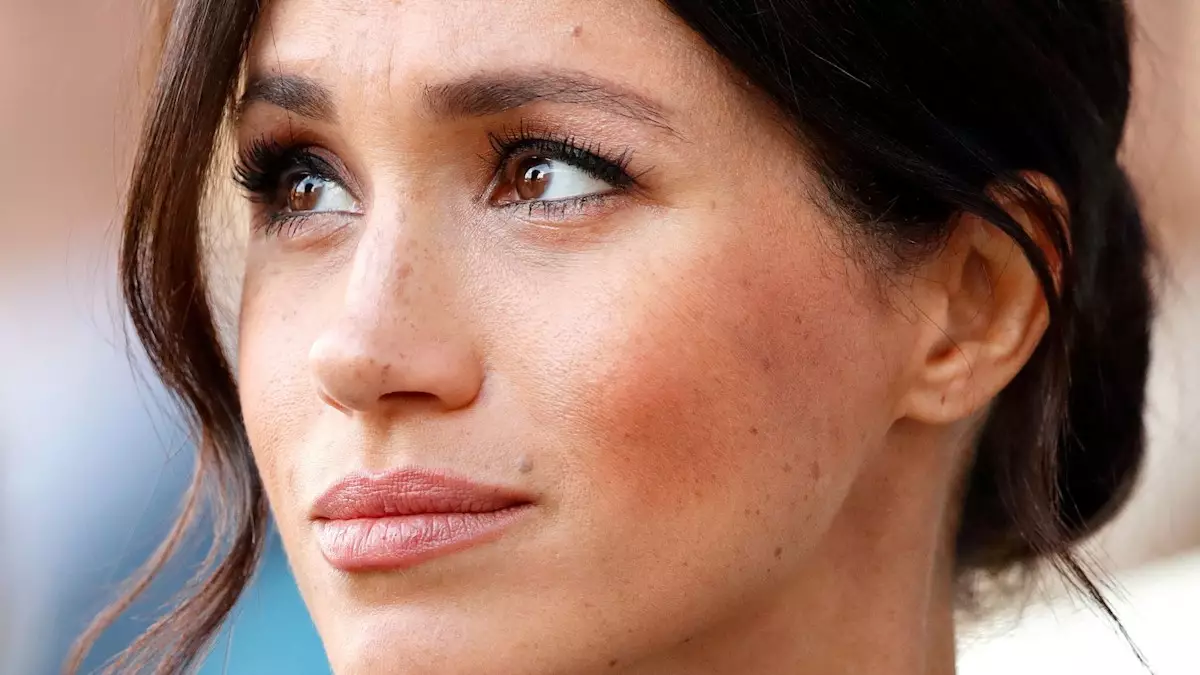The entry of Meghan Markle into the British royal family was both historic and controversial. As a former actress who became the Duchess of Sussex after marrying Prince Harry in 2018, she did not arrive with the same pedigree or established expectations that other royal family members had. Tom Quinn’s new book, “Yes Ma’am: The Secret Life of Royal Servants,” provides a critical analysis of the royal household’s inner workings and sheds light on Meghan’s tumultuous adjustment to life in the royal spotlight. Unlike her sister-in-law, Kate Middleton, Meghan appeared to clash profoundly with the entrenched traditions and hierarchies of an institution steeped in history.
Quinn’s accounts suggest that Meghan felt a palpable sense of alienation amongst royal aides and courtiers. He notes that she was likely treated with a measure of contempt, fostering a combative spirit within her. “Some people can cope with this,” remarked the former staffer, drawing a contrast between Meghan’s experiences and Kate’s seemingly smoother integration. This distinction highlights not only Meghan’s fight against the rigid royal protocols but also emphasizes the entrenched elitism that may have judged her more harshly, given her American background and prior career choices.
Meghan’s entrance into the royal family was marked by her desire to modernize its operations and approach. Described as a “modernizer by nature,” she sought to adapt royal duties to align more closely with contemporary societal values, focusing on issues like mental health and women’s empowerment. However, the very structures that upheld the monarchy were resistant to such sweeping changes. As per the insights from Quinn’s narrative, Meghan quickly found herself chastened by the protocols governing royal life, which seemed to stifle her firsthand ambitions.
The tensions escalated as Meghan tried to assert herself in an environment where tradition ruled. Her straightforward and no-nonsense approach often brushed against the sensibilities of the longstanding advisors who dominated the palace. Moreover, the notion that senior royals might favor courtiers over a newcomer highlighted a broader theme of loyalty to established customs over innovative reforms. This dynamic underscored the difficulties faced by anyone trying to break into an insular society where many relationships date back to childhood.
In 2020, the Duke and Duchess of Sussex’s decision to step back from their roles as senior royals thrust the complexities of their royal experiences into public consciousness. The book reveals the strain the couple faced while navigating their evolving place within the royal family. It asserts that while Harry was generally regarded as approachable, he too displayed signs of frustration and emotional distress under the strain, indicating the pressures faced by royals.
A former aide recollected an incident where Harry lost his temper over a minor organizational error, suggesting that the high-stress environment of royal life can lead to disproportionate reactions. This vignette exemplifies the immense pressures that accompany royal status and further humanizes the couple, who have frequently been depicted through a sensationalistic lens.
Quinn’s investigation also touches upon the broader culture within the royal family, suggesting a persistent pattern of control and scrutiny. Reports of Prince Andrew’s whimsical demands for staff transfers based on personal preferences hint at an environment where personal whims often overshadow professionalism. Furthermore, revelations about Charles and William exhibiting “tantrums” offer a deeper understanding of the emotional undercurrents that define royal life, thus demystifying the façade of composure associated with royalty.
The interplay of influences within the palace, coupled with the innate desire for compliance by the staff, creates a framework that can be counterproductive to modern leadership ideals. The containment of personalities like Meghan’s by established protocols underscores the challenge of reconciling tradition with progressive thought.
As Meghan navigated through the complexities of royal life, the resistance she encountered revealed much about the institution itself and its interactions with the modern world. While she ultimately opted for a path outside of the royal constraints, her struggles present an intriguing examination of how traditional institutions can stifle the ambitions of those aiming to inspire change. Her legacy may not solely be defined by her role within the monarchy, but rather by her willingness to challenge longstanding norms and advocate for a more inclusive approach, thereby igniting conversations around the necessity of change within one of history’s oldest institutions.

Leave a Reply